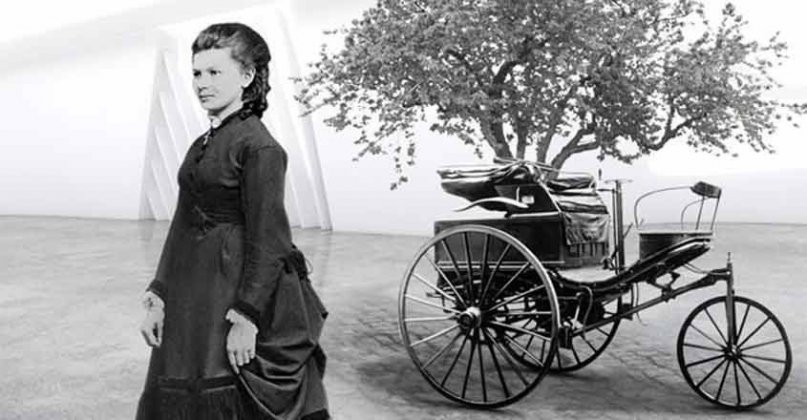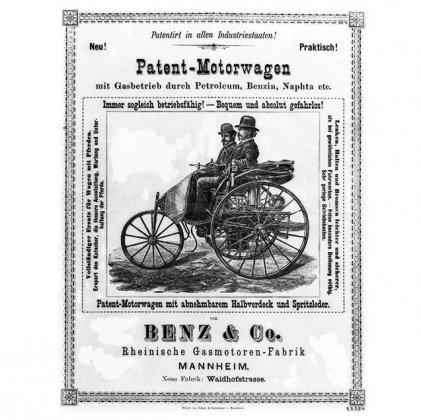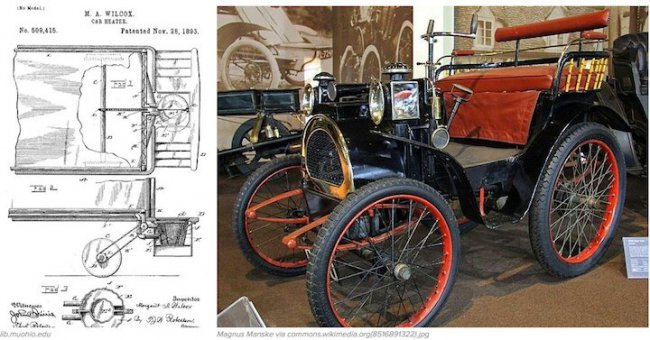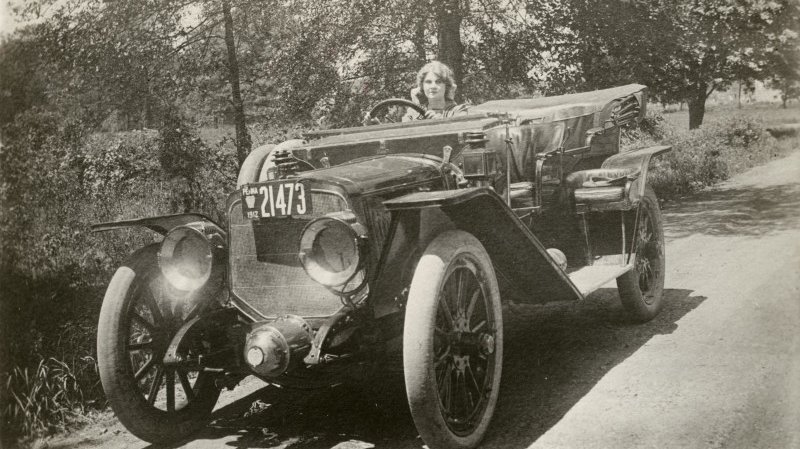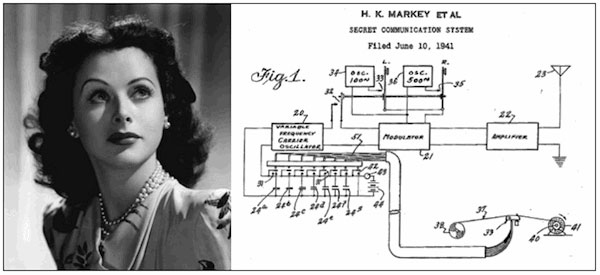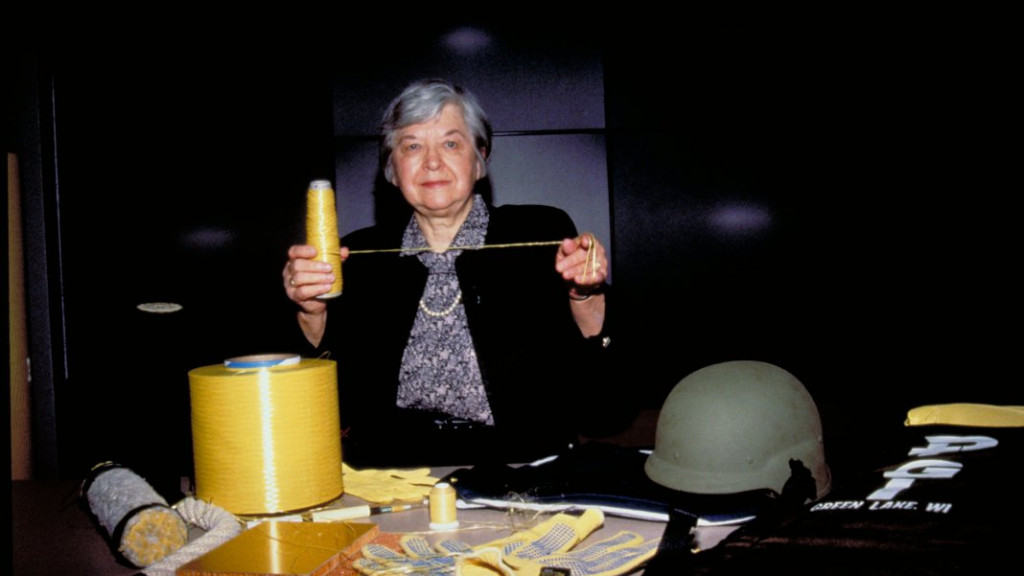It looks like a concept car, it’s rear-wheel-drive and has a turning circle like a taxi – plus you can play Mario Kart on the dash. But the new Honda e isn’t as weird as you might think…
Review taken from Fast Car magazine. Words & Photos: Dan Bevis.
We’ve reached a point where we, as devoted petrolheads, can generally agree that electric cars are a good thing. The milk-float stigma is long gone, as is the concern that we’d all end up driving crap like the G-Wiz; indeed, thanks to the leaps and bounds made by Tesla, we can see that electric cars can be stylish and clever and astonishingly rapid. (Shame that Teslas are so badly made, but you can’t have everything…) The inherent hurdle, then, is how to convince people like us to make the changeover. See, an electric car needs to feel like a normal car, and be just as usable as one – but then you end up with things like the e-Golf, which is perfectly fine, but compromised by the fact that the volts and wires have been shoved into a body designed for an internal combustion engine. What you need is something that’s cool and interesting but not too weird, and has been designed from the ground up to be electric. Which is what the all-new Honda e is.

What you’re looking at here, in essence, is a bloody good idea. A city-sized hatchback that’s been thoughtfully designed to be premium-feeling and forward-looking, while also driving like a normal runabout. The lounge-like interior is packed full of clever tricks and toys, and the cutesy exterior looks are backed up by some surprising muscle: being rear-wheel-drive and boasting 151bhp, the fact that all of the torque (232lb.ft of it) is available immediately means that it’s amusingly quick away from the lights. And best of all, the retro styling is absolutely spot-on: there’s elements of the first-gen Civic in there, and more than a little Mk1 Golf, and yet it looks like a prop from a movie set twenty years in the future. Just the kind of EV for people like us then? Let’s see…

The drive
Quite understandably, your first question might be ‘Will it drift?’ – and the answer is, er, no. But you’ll be pleased to note that the rear end is playful enough to allow you to have a bit of fun on country lanes (or roundabouts, if the inner hooligan grabs you); we couldn’t find a button or menu option to fully disable the traction control – there most likely isn’t one – but it’s surely only a matter of time before that’s hackable.
Performance potential in spades then, for sure; this particular car is the e Advance, which is the upper level of the two available specs. The standard Honda e has 134bhp, while the e Advance gets 151bhp along with a few trim upgrades. It’s got all the quickness you need in a city car, plus much more besides – if your commute involves a dual carriageway or bypass, you’ll soon become addicted to blowing everyone away at the traffic lights – but this car’s real party piece is the interior. It’s beautifully designed; the ethos was to create a sort of premium lounge feel, and all of the materials reflect this. The comfy seats are trimmed in quality cloth (leather is an option, but this stylish cloth suits it better), and the dash panel is a matte-effect wood like you’d find in a top-of-the-range Volvo. Best of all, the lowline dash looks like one big full-width screen, which is super-futuristic. It’s actually five separate screens: at either end is a display to mimic a wing mirror view (as this car doesn’t actually have wing mirrors, but instead has little rear-facing cameras mounted on the doors), in front of you is a customisable screen for your dials and readouts, and the rest of the dash is made up of two large widescreens. These can show a DAB display, a sat-nav screen, or numerous other options, and they can be swapped from side-to-side. You can even turn the whole thing into a big virtual fish tank. And if that’s still not enough screens, there’s a switch to flick on the central rear-view mirror to turn that into a display for yet another rear-facing camera. Tech-heavy enough for you? There’s plentiful battery power for all this too; it’s got a 35.5kWh battery, which is more than beefy enough. It’s good for a range of 137 miles, which isn’t class-leading but certainly decent – and depending on what charging options you have available, you can whack in an 80% charge in a little over half-an-hour.

Driving the thing is simplicity itself – you just stick it in ‘Drive’ and waft along on the torque, there’s not even any gears to trouble yourself with. Flicking into Sport mode is fun for fast launches and backroad mischief, and perhaps the best part is that it really handles. Because, objectively speaking, it doesn’t need to. There were probably all sorts of meetings and focus groups at Honda HQ, concluding that the vast majority of e sales will be to city-dwellers who’ll only ever trundle to the shops… but the Honda engineers just can’t be stopped. They knew it had to be engineered to be fun and agile on twisty lanes, and that’s exactly what’s happened, all-independent suspension and everything. And when you are in the city, you’ll find it a super-helpful companion – the steering angle is absurd, giving it a taxi-like 14-foot turning circle. The e may look cute – like a wide-eyed manga character – but it’s serious under the skin.
Verdict
Perhaps the largest stumbling block for a lot of buyers will be the price. Because, let’s be honest, the e ain’t cheap. The base model starts at £26,160, while a Honda e Advance like this begins at £28,660, and that’s a substantial wedge for a city car. It also has a pretty small boot, and the range is bested by most of its rivals. But dwelling on these points misses the bigger picture. Let’s address them one by one. Price? Yes, the various rivals are cheaper, but do they have all of the equipment of this car, not to mention the slick and stylish design? No, they do not. Boot space? Ah, we’re spoiled these days – we may be used to Golf-sized stowage, but we grew up with Peugeot 205s and Renault 5s being perfectly acceptable family cars, so the scale is akin to that retro utility. You’d make it work. Range? Well, for the majority of journeys you’re unlikely to be going more than 137 miles; when you are, just factor in a stop-off to add some juice while you go for a wee and a sandwich. No problem.

OK, so with the negatives despatched, we’re absolutely overwhelmed by positives. This car is seriously well-equipped – look at the lower dash and you’ll find a ridiculous number of sockets: 12v, USB, HDMI, and there’s even a standard three-pin socket like you’ve got in your house. Thanks to the clever interfaces, this does mean that you can – for example – plug in a Super Nintendo and play Mario Kart on the car’s dash screen. Isn’t it awesome living in
the future?
The e Advance genuinely is hilarious fun to drive, and there’s plenty of potential to modify and tune once the aftermarket jailbreaks the software. (It’ll happen, just you wait.) The crisp exterior design looks fantastic, with those gas-burner wheels and front-and-rear light bar lozenges, and when you catch sight of your reflection in shop windows you feel as if you’re driving a concept car. But best of all, this fun and cute car feels… normal. Not too normal, obviously, because all of the interior tech and surprising power gives it a frisson of specialness. But it doesn’t feel weird to step out of a petrol-powered car and into this one. If this is what the electric future feels like, maybe we don’t need to be too worried.



